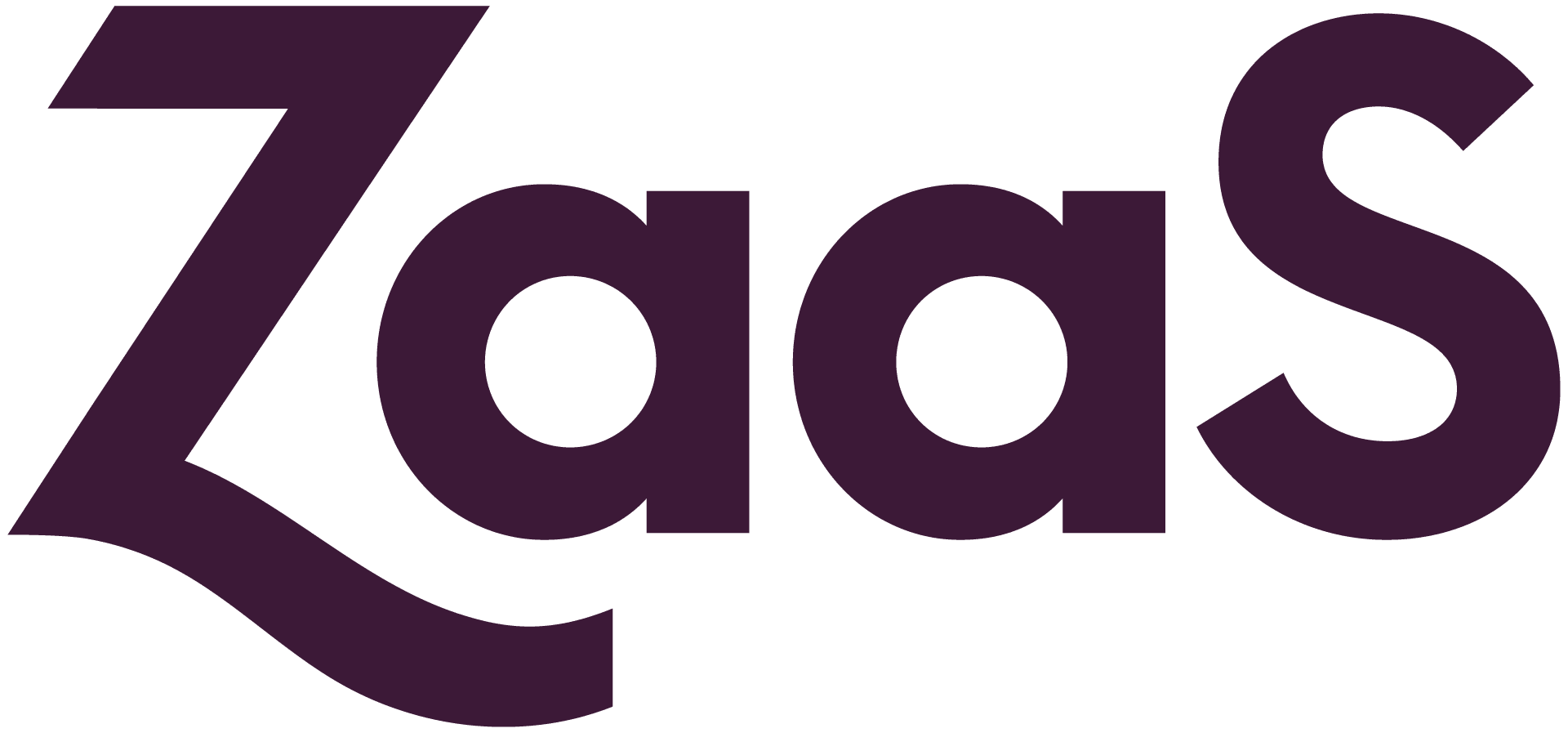
TL;DR- communicate regularly and keep it short.
Employees assess the amount of effort it’ll take to digest your message BEFORE they read a single word. When it comes to workplace wellness strategies, communication is key.
If you’re working with multiple vendors on different platforms, information gets lost quickly. A communication strategy is a high-level process that informs employees about what you’re offering. These messages are meant to capture interest and spark conversations that lead to engagement.
A common mistake? Creating one giant email blast with ALL the information. We have left the era of novela emails. Avoid that.
Here’s how to create a workplace wellness communication strategy that works.
1. Gather all communication channels.

First, each employee has a unique communication preference. For instance, some people prefer slack, while others read newsletters. Spreading information across multiple channels regularly is key.
Pull together all the communications platforms your company uses (slack, newsletters, townhalls, flyers, intranet hub, etc). Decide which ones are primary and which ones are secondary.
Ideally, you’ll share communications across all channels, but it’s good to know which ones are primary so you can prioritize those.
2. Choose a communication cadence.

Secondly, decide how often you want to communicate and through which channels. The biggest mistake we see is under-communication. As a result, employees don’t hear about the program and utilize their resources.
Our happiest clients communicate two to four times a week across multiple channels. This creates awareness and boosts engagement.
Keep in mind not everyone is looking at the same channels. While it may seem repetitive to you because you’re sharing the information multiple times, your employees are only seeing this once.
PRO TIP: Save time and reduce task switching by scheduling messages in advance.
3. Keep it short.

Most importantly, refine the messages you want to send. This is your most important workplace wellness strategy. For instance, up to 85% of people access email on their phones.
Here are some best practices we’ve seen work:
- Keep it within 2-3 sentences.
- Use bullet points.
- Include pictures
- Add direct links for easy access.
Ask your vendor for collateral, or use the material they’ve provided you to create your own.
In conclusion, a healthy workplace wellness communication strategy shares information across multiple channels regularly, and in small doses.
ZaaS | Zen as a Service is the leading expert in workplace wellness services and strategy. Book a strategy session for your organization here.



